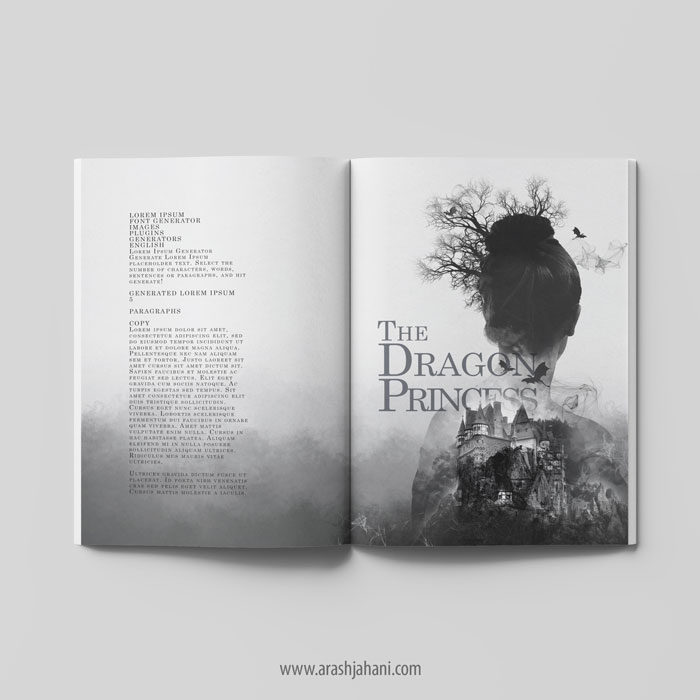Trim size
How should I pick my book’s trim size?
There’s no clear-cut way to determine the “best” trim size for your book, as it ultimately depends on your personal aesthetic preferences. That said, we’ve pointed out a few key considerations for your decision-making process below.
Choose a trim size that suits your word count
A general guidepost: the more words in your manuscript, the bigger your book’s trim size can be. It makes sense since that’ll reduce page count. if your book is short, a smaller trim size can make it physically seem more considerable.
Consider the cost implications
If you plan on printing digitally, keep in mind that print-on-demand printing presses will charge you based on your page count. The more pages in your book, the more the cost of printing will be.
Putting it together
As we mentioned earlier, print-on-demand presses such as Blurb, KDP Print, and IngramSpark will offer you a sheet of trim sizes (Blurb’s, KDP’s, IngramSpark’s). Look through them carefully and take into account the different distribution options. Familiarize yourself with the dimensions on offer. And make sure you view a sample chapter to find out what your content will look like on the page.
Most Common Book Trim Sizes
General Fiction: 6″ x 9″
General Nonfiction: 5.5″ x 8.5″
Thrillers/Mysteries: 5.25″ x 8″
YA General Fiction: 5″ x 7″
YA Dystopian, Fantasy, and Sci-Fi: 5.5″ x 8.5″
General Self Help: 5.25″ x 8″
Inspirational/Spiritual: 5″ x 8″
Memoir: 5.25″ x 8″
Reference: 6″ x 9″ and 7″ x 10″
Middle-Grade Fiction: 5″ x 8″
Children’s Picture Books: 8.5″ x 8.5″
Business: 5.5″ x 8.25″ or 5.25″ x 8″
Margins
Margins are perhaps the most important part of a book layout. A book page has three margins (outside, top, bottom) and a gutter (the inside margin where the pages are glued or sewed together). Each of those margins has a particular job: the outside margins give room for the reader’s thumbs when they hold the book.
The top margin is where you’ll usually find the author and name of the book, as well as the page number (more on those later!). The bottom margin provides a white space that supports your text block. The gutter makes sure the text doesn’t slip into the glued or sewed area.
Side Margins
we all know the gutter (or inside) margin on bound books has to be larger than the outer margin. The minimum size of the gutter mostly is ¾”(0.75”).
One of the common mistakes in self-formatted books is making these margins too small. As you know, print-on-demand vendors like CreateSpace, Lightning Source, and others base their printing fees on the number of pages in your book. I think this has led some authors to try to find ways to get more words on each page to save printing costs.
Tops and Bottoms
The top and bottom margins of your page, depending on whether you use headers or footers or neither, and where you want to put your page info (authors name, page number, and title)
In most books, odd page numbers are on the right and the even page numbers are on the left.
Recommended margins for different book sizes:
5.5” x 8.5”: gutter: 0.75” / outer: 0.625” / top and bottom: 0.825”
6” x 9”: gutter: 0.875” / outer : 0.625”/ bottom: 0.875”/ top: 1”
7” x 10”: gutter: 1” / outer: 0.75” / top: 1 / bottom: 0.875”
8.5 x 11: gutter: 1.25” / outer: 0.875” / top:1.25”/ bottom:0.875”
After reading the article above if you are considering publishing your book feel free to contact me for more advice that can help your book shine.





